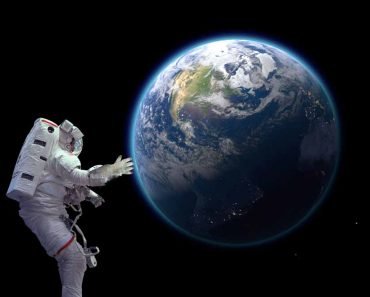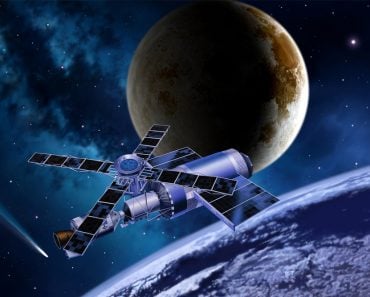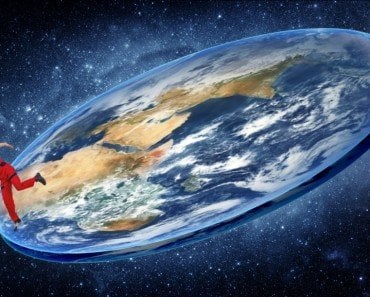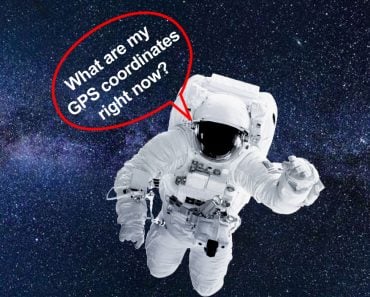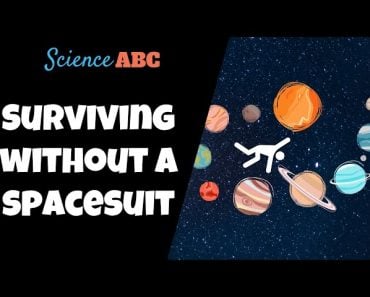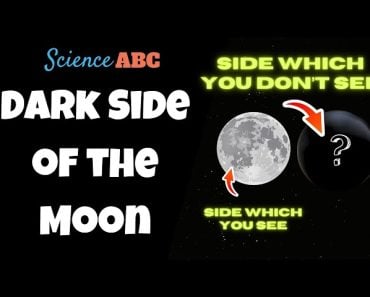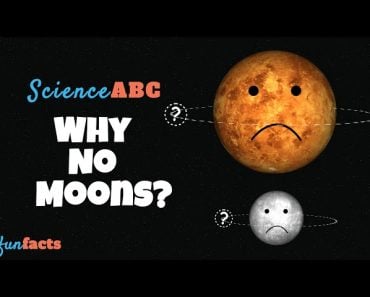Table of Contents (click to expand)
In space, tears don’t fall down because of zero gravity. Tears are still produced in the eyes, but they form a ball around the eyes and cheek.
We’ve all gotten teary-eyed from time to time, and that’s bad enough down here on Earth, but what happens up there in space, with the vast expanse of the void making you feel so small and insignificant? What if you want to shed a tear at the marvelous beauty of the universe up in the International Space Station, or what if something simply gets stuck in your eye? What happens to our tears in zero gravity? Do they just meander down our cheek and fall off like they do on Earth?
Recommended Video for you:
Can You Cry In Space?
Clayton C. Anderson, a NASA astronaut, had this to say about his experience up in space: “I cried in space several times… due to some very emotional circumstances. Crying is exactly the same as here on Earth, except the tears don’t fall down, as there is no gravity. Not a big deal at all… the emotions I experienced, however, were a big deal.”
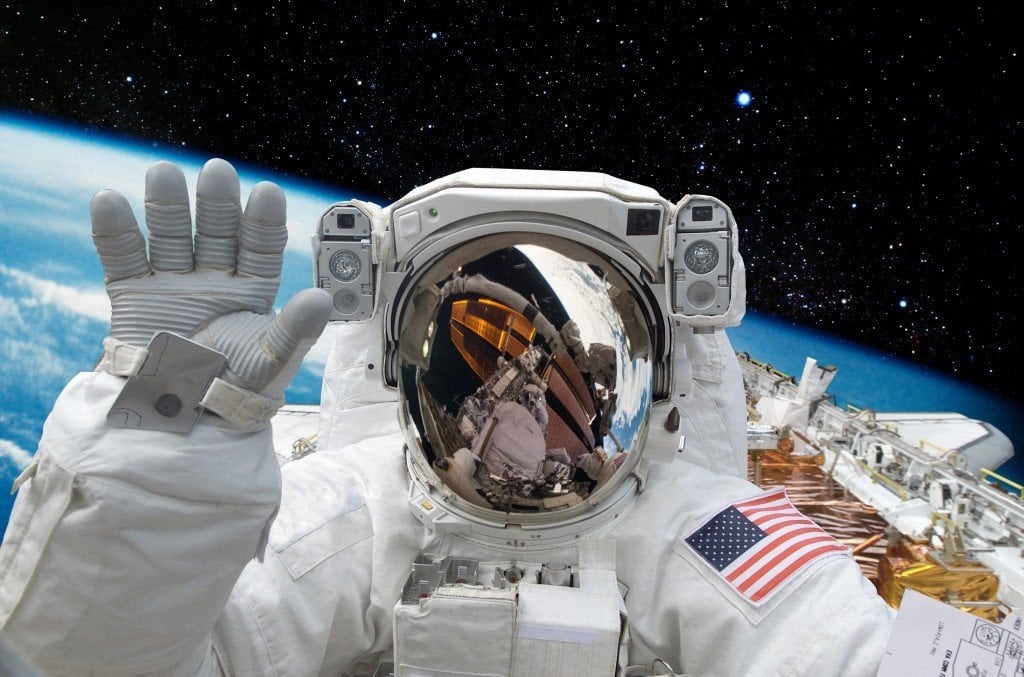
So, we know from firsthand experience that tears don’t fall. But the question is, do tears form at all in zero gravity? Well, tears are formed in small almond-shaped glands along the eyes known as lachrymal glands. Lacrima, quite fittingly, is Latin for a tear. These glands produce a thin aqueous layer in front of our eyes to keep them moist, but they’re also the source of our tears. We do not stop producing tears in space, although astronauts sometimes feel dryness in the eyes due to the clinical conditions aboard the ISS. In other words, if you’re ever up there, you can definitely shed a tear; either at the immense beauty of the earth or at your extreme loneliness.

How Does Being In Space Affect Gravity?
Up on the International Space Station, gravity certainly does exist, but objects in orbit are in continuous free fall, effectively falling sideways in a gradual loop around the planet. This renders them weightless; zero gravity means there’s essentially zero acceleration towards the earth. That being said, the ISS does keep falling ‘downwards’, so to speak, due to a phenomenon known as orbital decay. They periodically perform small ‘re-boosts’ about once a month to increase their altitude above the Earth. It’s like when your dad used to push your swing when you were younger; he would give you a few good shoves, but eventually, he would have to come back and send you swinging high again.
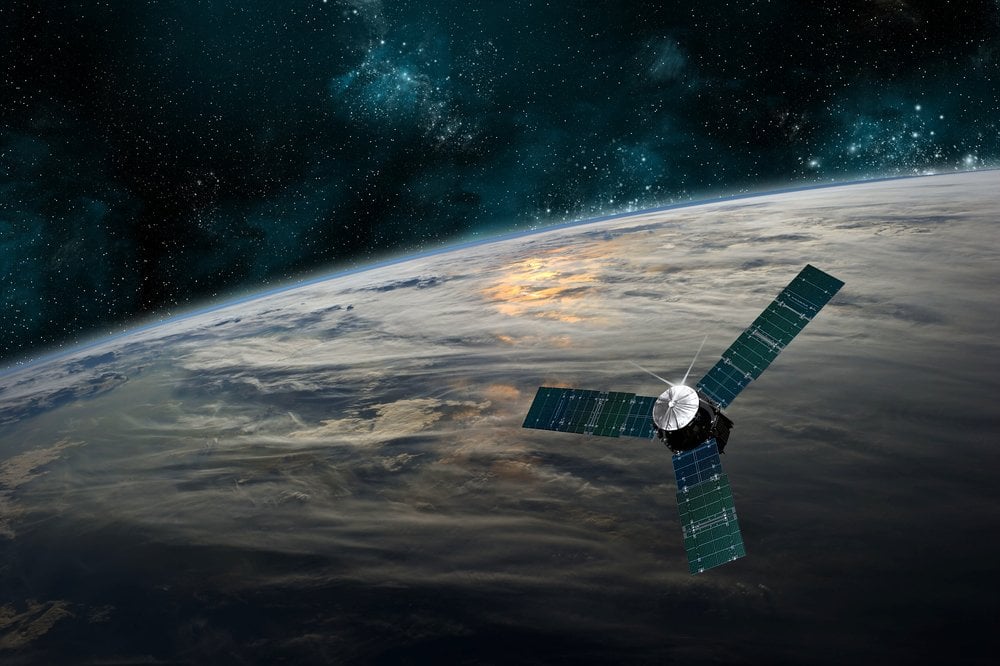
Tears In Space
Whether in a massive lake or in your glass of iced tea, liquids take the shape of the container they’re placed in down here on Earth thanks to gravity. Up in space, liquids take the shape of a sphere in their free, unregulated form. Surface tension in liquids causes molecules on the surface to pull towards each other. In space, without the effect of gravity to pull liquids downwards, they pull together to cover the smallest possible shape – a sphere.
American astronaut Andrew Feustel was on one of his scheduled spacewalks, and after five hours of floating around on the side of the ISS, he got a flake of anti-fogging solution stuck in his eye. Imagine being surrounded by nothingness, stuck in your spacesuit, without being able to rub your eye because of your helmet. This was the situation he found himself in. Thankfully, he was able to rub his eye with a small sponge stuck to the inside of his helmet, one usually used for plugging their nose during pressure readjustment procedures. If that sponge hadn’t been there, who knows how long he’d have been out there with a big ball of tears impairing his vision…
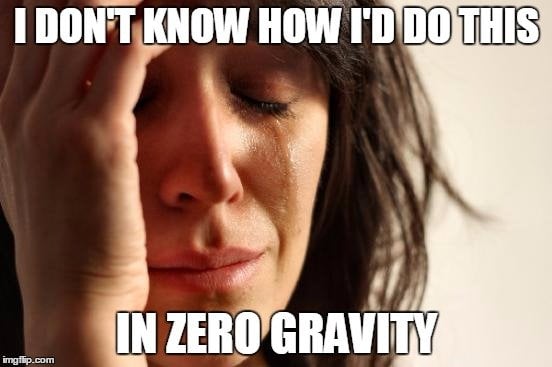
So, now we know that tears take the shape of a ball in space. Are there any illustrations of this? Thankfully, Chris Hadfield’s got us covered. As an astronaut and social media expert, his brilliant video exhibits exactly how tears form a ball around your eyes and cheek before having to be wiped away in zero gravity. Take a look!

